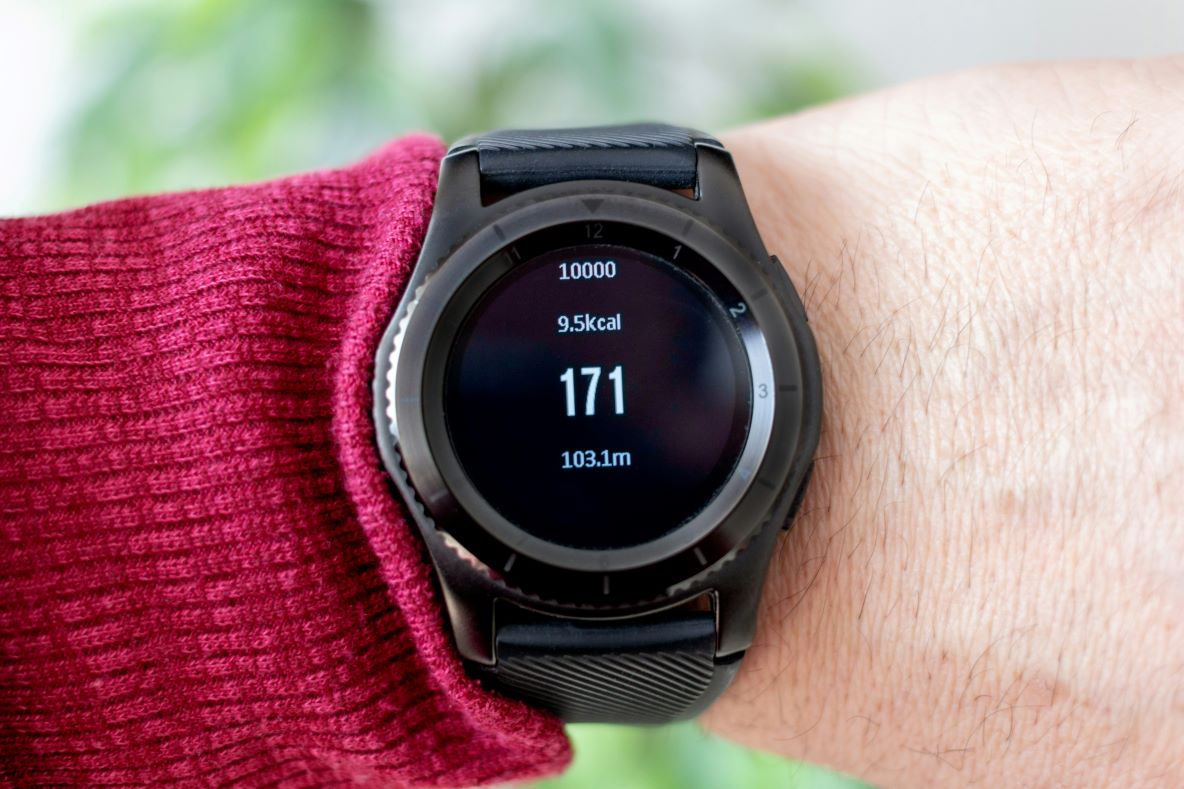Cyclists serious about improving their fitness often invest in gadgets to track their workouts. Two primary metrics dominate the discussion: power and heart rate. But which one should you focus on? Understanding the strengths, weaknesses, and ideal uses of each will help you train smarter and see better results.
What Does Power Mean In Cycling?
- Definition: Power, in cycling, is measured in watts and represents the immediate force you apply to the pedals. Power meters are often located in the cranks, pedals, or rear hub of the bike.
- Direct Measurement of Output: Power directly reflects how hard you’re working in the moment. It is unaffected by external factors like temperature or fatigue.
- Ideal for: Structured intervals, pacing efforts on climbs/flats, and tracking fitness gains over time.
What is Heart Rate?
- Definition: Your heart rate (HR) is measured in beats per minute (BPM) and indicates how hard your cardiovascular system is working to deliver oxygen to your muscles. It’s most commonly tracked with a chest strap or wrist-based optical sensor.
- A Response to Effort: Heart rate is your body’s reaction to exertion. It takes time to rise or fall, lagging behind changes in your effort level.
- Influenced by Many Factors: HR is affected by things like hydration, stress, sleep, caffeine, and even the weather. Illness can also temporarily elevate HR at a given effort level.
Power vs. Heart Rate: Pros & Cons
When to Focus on Power
- Structured Workouts: If you’re following a plan with specific power targets (like on Zwift or TrainerRoad), a power meter is essential.
- Pacing Long Efforts: Power keeps you honest on hills or in time trials, preventing you from going out too hard too early.
- Tracking Progress: Because power is an absolute measure, it’s the best way to see if you’re getting stronger over time.
When to Focus on Heart Rate
- Endurance/Zone 2 Training: Long, easy rides aimed at building an aerobic base are best controlled by HR to avoid overexertion. Trainingpeaks offers workouts for zone 2, visit their website for more information.
- Recovery Rides: Ensure you’re truly taking it easy by keeping your HR in a low zone.
- Overall Fitness Indicator: Resting HR and how quickly your HR recovers after an effort are general markers of health and fitness.
Can You Use Power AND Heart Rate Together?
Absolutely! In fact, many experienced cyclists benefit from tracking both metrics:
- Identifying Decoupling: If your HR is rising while power drops over a long ride, it may be a sign of fatigue or inadequate fueling.
- Abnormal Heart Rate Responses: Noticing your HR spikes unusually high at a familiar power output could indicate you’re fighting off an illness.
- Pacing in Unpredictable Conditions: On a windy or very hilly group ride, HR can be a useful secondary metric to make sure you’re not overdoing it.
Training at Attack Cycle Lab
Want to experience the benefits of structured training with both power and heart rate data? Our indoor cycling classes at Attack Cycle Lab utilize state-of-the-art bike trainers and technology to guide your workouts. Come experience the difference and reach your full potential! And for a glimpse into our training style, follow us on Instagram.

